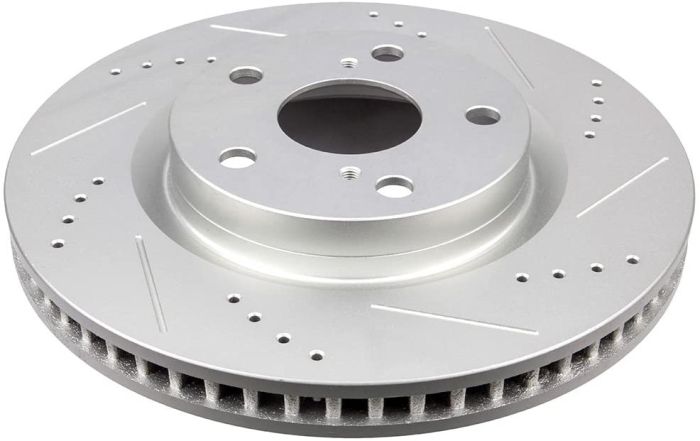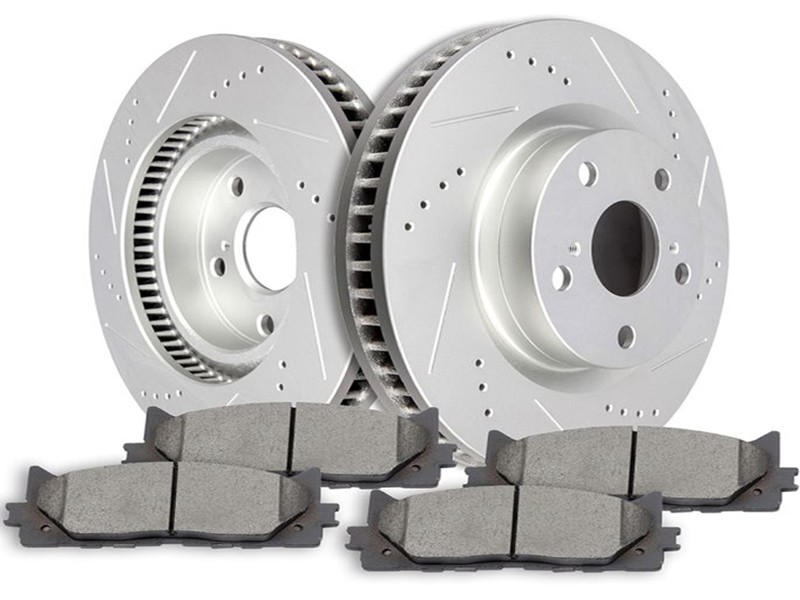Precautions for replacing brake pads

Brake pads are the most critical components of the car's braking system, and the braking effect is mostly reflected by the brake pads. Generally, the movable plug of the brake caliper is hydraulically driven to push the brake pad and the brake disc or drum to contact and rub, to achieve the effect of deceleration and braking. Once you feel that the brakes are not working well, first think about whether it is related to the brake pads, so it is particularly important to have a certain knowledge of auto parts.
First of all, check whether the replaced brake pads are genuine accessories (i.e. matching products), whether the product packaging is complete, whether the anti-counterfeiting marks and packaging marks are consistent with the marks on the brake pads, and whether the product model is consistent with the content of the certificate.
The procedure for replacing brake pads is as follows:
Before lifting the vehicle, the cover containing the brake fluid should be opened first, and the tire screws should be loosened at the corners. If a simple jack is used for support, the jack should be supported and the wheels that do not replace the brake pads should be reinforced. Remove the tire, loosen the fastening screws of the caliper body, check the screws and caliper sliding guide rods, remove the sand and oil stains on them, and apply lubricating oil for maintenance. Remove the old brake pads, check the degree of wear of the brake disc, and check whether it is grooved or not. Severe wear (3mm deep on one side) should be replaced with new brake discs. The cycle of high-end cars is about 6/100,000 kilometers. Otherwise, the wear of the newly replaced brake pads will be accelerated, and the direction of braking will vibrate, and the braking force will be too small.
Precautions:
When installing new brake pads, the inside and outside should be distinguished, and the friction surface of the brake pads should face the brake disc so that the disc fits properly. Install the accessories and tighten the pliers. Before tightening the plier's body, use tools (or special tools to push back the plug on the pliers, so that the pliers can be installed in place.
If you need to replace the brake pads on the drum brake, it is recommended to ask a professional to operate in a professional repair shop to avoid mistakes. The tires should be reset after the brakes are installed. When installing the tire screws, they should be tightened at the corners, which is conducive to protecting the tire and brake wheel load. At the same time, it is also necessary to check whether the wear of the tread and edges is normal. It is best to replace the left and right wheels regularly, which will help prolong the service life of the tires. Finally, check the brake fluid
The brake fluid should be replaced and added regularly, and at the same time, the grade of the brake fluid used should be consistent with the grade of the original brake fluid. This will help to remove the sludge and dirt in the brake pipeline, and the brake will be more sensitive. If different brands of brake fluid are used together, chemical changes will occur, and sludge and inorganic salts will be deposited in the brake system. Over time, the pipeline will be blocked, causing brake failure, and the consequences are unimaginable. Before driving away from the position, step on the brakes with force until you feel that the brakes have returned to the proper position, which is an ideal state, and then you can drive away normally.
Precautions after replacing brake pads
Newly replaced brake pads need to be run-in


Run in at low speed. Accelerate to 60 km/h, decelerate to 10 - 20 km/h by lightly stepping on the brakes, and brake in stages. When running in, try to use step-by-step point brakes for braking, and don't use sudden brakes before running in. It hurts the brakes. Finally, the above operations are repeated. Generally speaking, it takes at least a dozen times, but if you don't have time, just drive normally. Although the running-in period is longer, it is still very safe.
If during the break-in period, the brakes have abnormal noises, vibrations, and other problems, it is best to find a repair shop to check.








